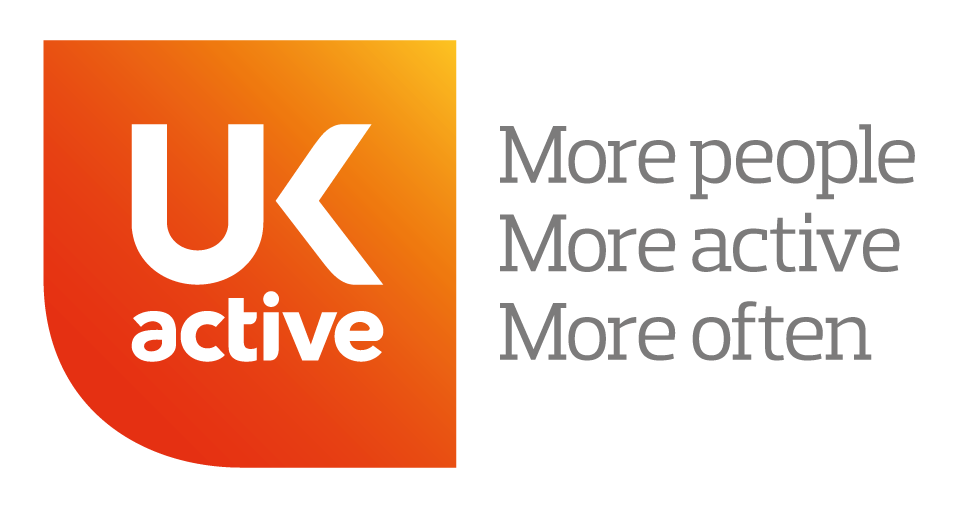- New industry report from ukactive, with analysis from Deloitte, shows the investment opportunity across the sector based on most authoritative dataset of UK market.
- UK health and fitness market sees revenue pass £5.7bn, up 8.8% from 2023.
- 11.5 million people are now members, served by 5,607 UK health and fitness clubs*.
- Over 600 million individual visits recorded to health and fitness clubs in 2024.
- Data reflects population’s increasing prioritisation of health and fitness, and opportunity for investors and Government.
The UK health and fitness market is witnessing major growth against a difficult economic backdrop, with penetration rates hitting 16.9% and annual revenue exceeding £5.7bn, according to the new UK Health and Fitness Market report, which launches today (3 April).
The report, published by ukactive in collaboration with 4GLOBAL and Sport England, with analysis from Deloitte, shows that total revenue across the sector rose from £5.2bn in 2023 to £5.7bn in 2024 (8.8% increase).
Bringing together quarterly data on recorded customers visits to health and fitness facilities run by public, private and independent operators across the UK, the first annual report is based on the sector’s most authoritative source of market intelligence.
The UK Health and Fitness Market report is sponsored by BLKBOX, Gladstone, Life Fitness/Hammer Strength, Matrix, Myzone and Technogym, and its data will also be included in the European Health & Fitness Market report published by EuropeActive and Deloitte, which will be released next week at the European Health & Fitness Forum in Cologne, Germany.
The UK report shows that around 11.5 million people over the age of 16 are currently members of a health and fitness club across the UK and records the latest number of clubs as 5,607 (based on health and fitness clubs open to the public, with resistance and/or cardiovascular equipment).
The report shows that membership revenue across the sector has also risen from £4.05bn in 2022 to £5.19bn in 2024, resulting in a compound annual growth rate (CAGR) of 13.1%.
The past year has also seen the highest deal volume in the market since 2020, with seven significant merger and acquisition deals recorded, reflecting investor confidence in the sector’s long-term growth potential.
The report demonstrates the demand for health and fitness services, despite challenging economic conditions for the sector due to the energy crisis, rising cost of living and increasing operating costs. The report shows membership numbers have still risen – from 9.9 million in 2022, to 11.5 million in 2024 – suggesting that despite the backdrop of cost-of-living pressures, consumers continue to value gym and fitness memberships as a priority for their discretionary spend.
Consumer survey data** reflected in the report indicates growing engagement across all age groups, but particularly younger adults. It shows mental health as a growing motivation for people using facilities (76%) but also shows the growth potential to reach more older adults, people from minority backgrounds and those of lower socio-economic status.
Today’s report comes as the UK Government battles the consequences of declining physical and mental health across the population, with workplace sickness costing £138bn and poor mental health among employees costing businesses £51bn a year. Currently, about 9.2 million people are economically inactive in the UK and the Government continues to search for ways to boost the workforce following its recent welfare reforms.
The NHS waiting list currently stands at 7.5 million, with more than three million having already waited longer than the 18-week target. The physical activity sector, powered by its facilities, provides a key solution for preventative health, generating over £10.5bn in secondary value through reduced disease cases and lower demands on health and social care every year. Studies show that physical activity helps to prevent 20 chronic conditions, including type 2 diabetes, obesity, heart disease, many types of cancer, MSK conditions, depression and anxiety, and dementia.
Huw Edwards, CEO of ukactive, said: “We are delighted to publish the first UK Health and Fitness Market report, with thanks to the work of our partners and members, representing the most authoritative dataset to accurately track the growth, size and impact of our sector.
“These findings provide irrefutable evidence that our sector is essential for the UK’s health, happiness and prosperity, offering a major opportunity for further growth and investment.
“More than 11 million people are members of our nation’s health and fitness clubs, making them the engine room of physical activity.
“We want to see the Government and policymakers recognise this opportunity and help remove any blockers to our sector’s growth so that our members can reach their potential and maximise their value to society.”
Utku Toprakseven, Chief Development Officer, at 4GLOBAL, said: “This report is a significant milestone for the UK health and fitness sector, offering the most authoritative, data-driven view of market trends to date.
“We are proud to support this collaboration through 4GLOBAL’s DataHub and strategic partnerships, reinforcing the vital role of data in shaping investment, policy, and the industry’s long-term success.’:
Tim Hollingsworth, CEO of Sport England, said: “This report is clear that sport, fitness and exercise are not just great for health – they are great for the economy too, with a sector that is rapidly growing in spite of challenging circumstances.
“Taking part in sport and fitness and being physically active should be seen as acts of economic contribution. Active lifestyles relieve the burden on the NHS, boost productivity, and save the public purse by preventing chronic illness. We want the UK’s health and fitness sector to be able to continue thriving and getting more people active, because good health for all is fundamental to the growth agenda.”
To read the report, the UK Health & Fitness Market Report 2025 click here.
*The definition of health and fitness clubs within this report are fully operational sites in the UK featuring at least a health and fitness gym with resistance and/or cardiovascular equipment. The site must be accessible to the public through membership and/or pay-as-you-go options. This excludes sites such as schools, outdoor gyms, yoga or Pilates studios, studio-only facilities and swimming pool-only facilities.
**Consumer survey data is taken from ukactive’s Consumer Engagement survey data supported by Savanta.

More People More Active More Often




